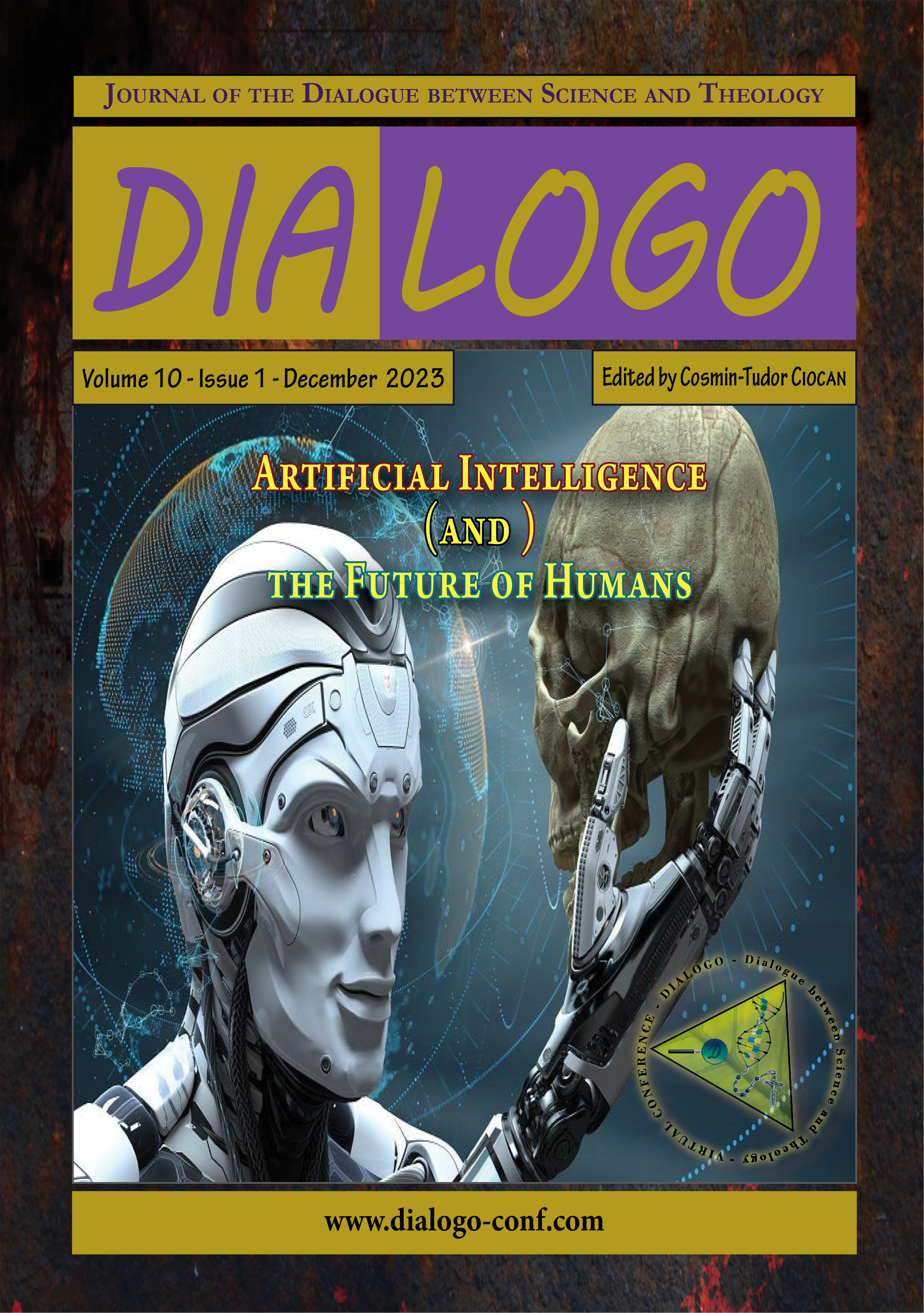Global Consciousness Project 2.0: A First Look
Global Consciousness Project 2.0: A First Look
Author(s): Nachum Plonka, Rollin McCraty, Louise van der Westhuizen, Stephen David EdwardsSubject(s): Social Sciences, Ethics / Practical Philosophy, Philosophy of Mind
Published by: EDIS- Publishing Institution of the University of Zilina
Keywords: HeartMath; interconnectivity; consciousness; global consciousness; random number generators; greater good; coherence;
Summary/Abstract: The Global Consciousness Project 2.0 (GCP 2.0) is an updated international empirical scientific collaboration of researchers across the planet to assess interconnectedness. The focus is on the interactions of human consciousness and matter using Random Number Generators (RNG’s). This project builds on the findings of the original Global Consciousness Project (GCP or GCP 1). RNG’s are electronic binary-bit devices with a random chance of indicating 0 or 1. The null hypothesis is of no deviation from random probability of the RNG network. The GCP general hypothesis is of greater coherence, structure and/or order in a global network of RNG data in relation to planetary events associated with mass emotion and attention. A fifteen-year period involving sampling of 500 formal events indicated deviations from randomness in the GCP 1’s original global-spanning RNG network. Events having an emotional impact indicated greater deviations than events with relatively medium or low emotional impact. GCP 1 has been in existence since 1998 and its main experiment was completed in 2015 after 500 formal events had been analysed. The Stouffer’s Z accumulated deviance statistic over these 500 events was greater than 7 sigma, using a network that reached a maximum of 70 RNG’s. The HeartMath-based GCP 2.0 network is now active and includes hundreds of NextGen RNG’s across the planet, with plans for 4000 RNG’s (1000 devices, each with 4 independent RNG’s). This should enable analyses with higher sensitivity and significance, location-based details, and broader community engagement. The newly designed RNG’s also track fundamental electronic behaviour, with the hope of shedding light on the mechanism by which devices are impacted by human attention and emotion. This position paper reflects on the science behind GCP 2.0 with special references to issues related to methodology and findings. The present study is pragmatic in approach to provide support for citizen scientists around the world who are housing a GCP 2.0 device. In a planetary context of chaos, discord, and violence, the intention is to improve research, education on interconnectivity, and health promotion.
Journal: Dialogo
- Issue Year: 10/2023
- Issue No: 1
- Page Range: 37-49
- Page Count: 13
- Language: English

